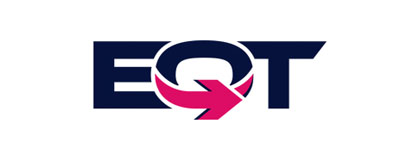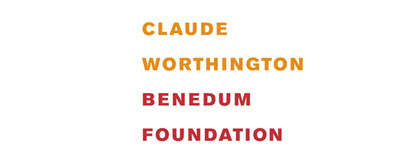On September 20, 2017, during its 14-day run, Hurricane Maria struck Puerto Rico, leaving destruction and devastation in its wake. Afterward, the hurricane's impact reverberated far beyond Puerto Rico's borders, and its ripples continued well after it made landfall. Three months later, in late December, my dad had a heart attack, a catalytic event that sent his health plummeting through a multi-week downward spiral. Each 24-hour cycle brought a dizzying array of testing, procedures, and diagnoses, his life primarily supported by tubes and machines. As he slipped through different layers of consciousness, his weight began to wither away from the lack of sustenance. Medical practitioners voiced concern about the capacity to feed him intravenously due to limited supplies. We heard their trepidation about shortages of IV bags and other medical supplies due to the wreckage Hurricane Maria caused to the manufacturing facilities in Puerto Rico that produce them. Although Hurricane Maria never hit West Virginia, we were now feeling its aftermath and hearing the rattling of the missing links within supply chains. When a simple plastic bag or IV supplementation might stand between whether a loved one lives or not, manufacturing gets personal very quickly.
Fast forward to 2020, as the COVID-19 pandemic spurred manufacturers to reconfigure operation lines and respond to the increased need for personal protective equipment and hand sanitizer. Production stepped up to meet the demand for supplies that became crucial, such as cleaners, face shields, and sneeze guards. Many just-in-time inventory systems shifted to greater just-in-case modules as supply chains navigated new twists. Currently, millions of Americans await vaccines as manufacturers maximize production and states wrangle with distribution logistics. Throughout the last year, weaknesses in supply chains have been exposed across many industries, and labor shortages have crimped access to products we've grown accustomed to having readily available. Early lockdown measures led to pent up demand for lumber, driven by new construction and home repairs. Later, California wildfires unremittingly scorched acres of timber, exacerbating lumber shortages nationally. Coupled with panic buying, COVID-19 outbreaks at meat processing plants fueled meat shortages across the country; subsequent consumer stockpiling of meat and frozen food decreased the availability of refrigerators months later. Adjusting to hybrid learning, many schools ordered laptops last summer only to find themselves in backorder limbo and unable to provide them to their students until November. Whether it's been a decent supply of toilet paper or vaccines for family members, during the pandemic, manufacturing has gotten personal for everyone.
Preparedness for the next natural disaster is broader than boarding up windows and setting up response teams. Readying ourselves for another widescale viral outbreak constitutes far more than masks and hand sanitizer. Both involve ensuring supply chains are accessible and fluid. It is also contingent upon equipping these manufacturers with an ample-sized skilled workforce to get the work done. According to a study by the Manufacturing Institute and Deloitte, manufacturers expect to fill 4.6 million positions nationally between now and 2028. Once the dust settles from COVID-19's fallout, the number of those positions might be notably higher. Regardless of the products demanded by the next hurricane, fire, or deadly infectious disease, if we're unable to obtain the products we need, manufacturing will once again get personal.
That is one reason the Explore Program, in collaboration with manufacturers, the West Virginia Department of Education, and the West Virginia Community and Technical College System, is constructing regional overlays for the Manufacturing Workforce Continuum developed last year. With the continuum in place to outline grade-level goals and strategies in a linear progression, the focus now shifts to Phase II's build out of regional overlays. These will provide greater detail about manufacturer skillset needs and the educational resources necessary to prepare students for the industrial job market. Key to the regional overlays is greater clarity for students and parents on what educational resources are available and how to access them. Manufacturers will help build the overlays by defining the top skills needed for entry-level positions. Secondary and post-secondary educators will assess the curricular programs in their regions and determine which trainings currently address these top skills and lay the foundation for new programs to meet the demand for the skills gaps that remain. For each region, the Explore team will assemble community partners, establish measurement mechanisms, and construct communication circuits. Moving forward, these overlays will create a chain of engagement from middle school to manufacturing workforce participation and link manufacturers, educators, students, and parents throughout each region.
In meetings at manufacturing facilities as well as at Explore the New Manufacturing programs, people in manufacturing consistently share why they enjoy their work so much: seeing their products in the real world and knowing they played a vital role. Whether it's a product helping students in a school, an apparatus at work on a construction site, or a lifesaving piece of equipment in a hospital, they take pride in having a hand in creating it. By building these connections to supply students with the training they need and set them on pathways toward careers that leverage their interests, this pride will be handed down to the next generation and generations to come. Someday, when these future manufacturers witness their products in action helping a child learn, building a new community, or saving a life, and know they contributed to the process, their work will come alive. Manufacturing will get, well, personal.











